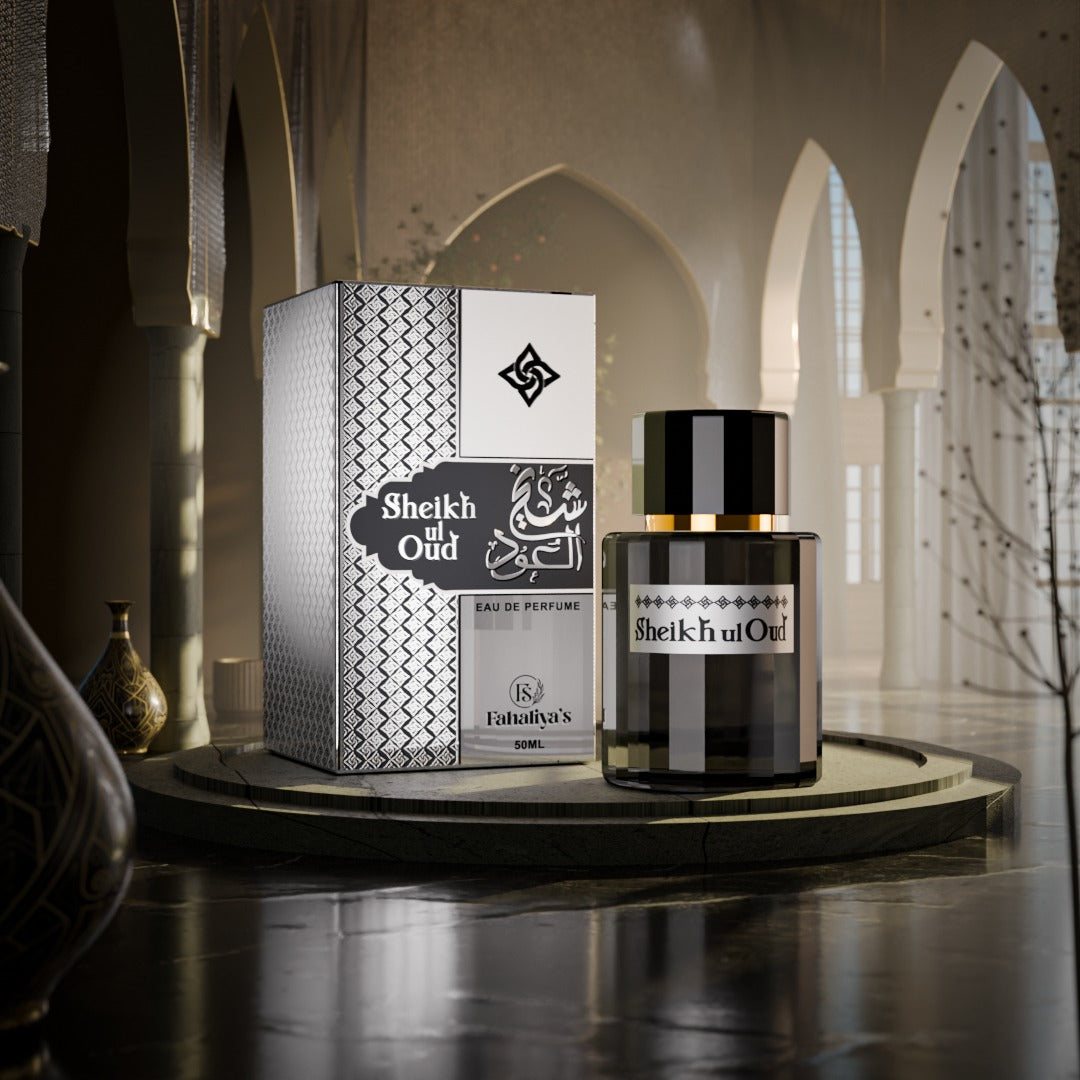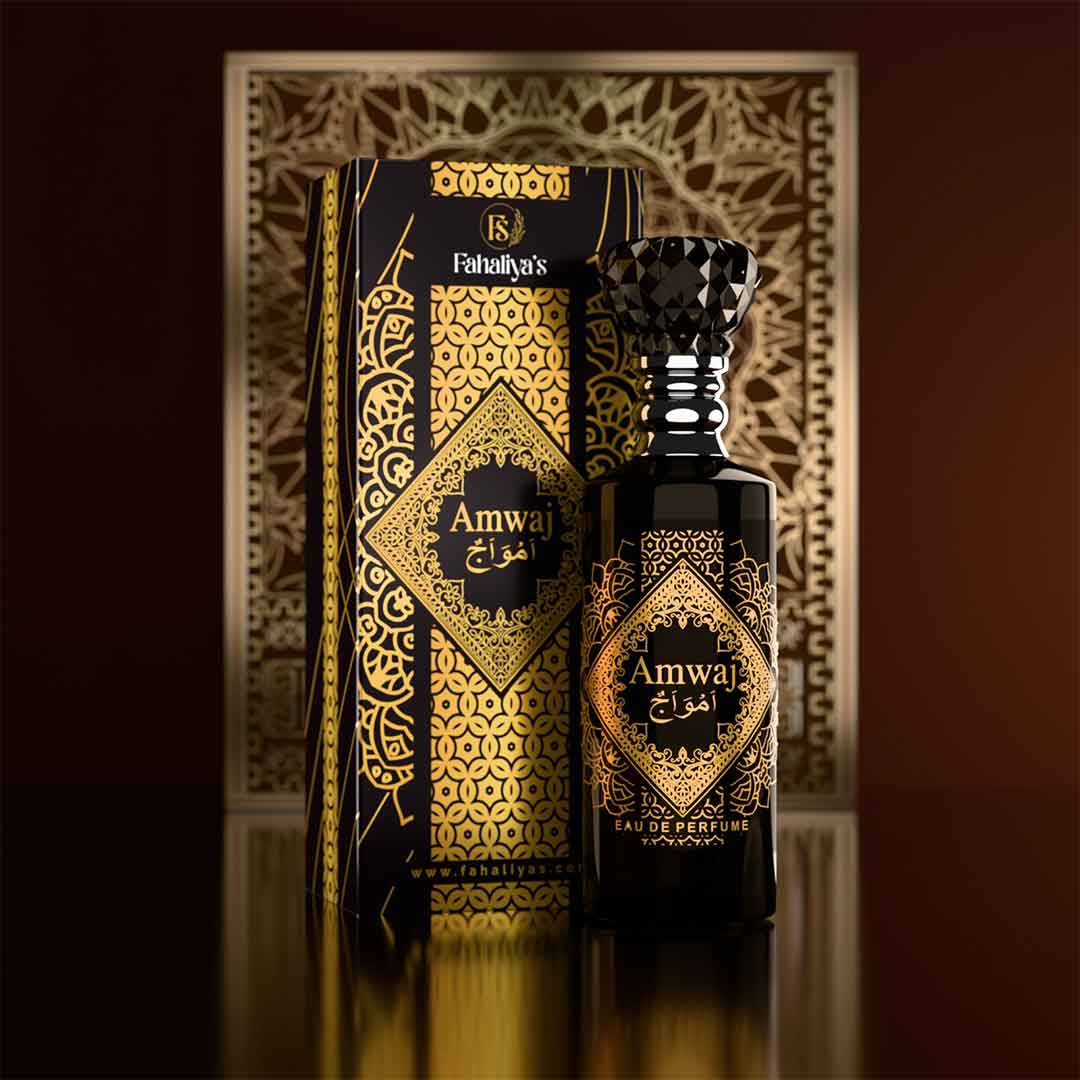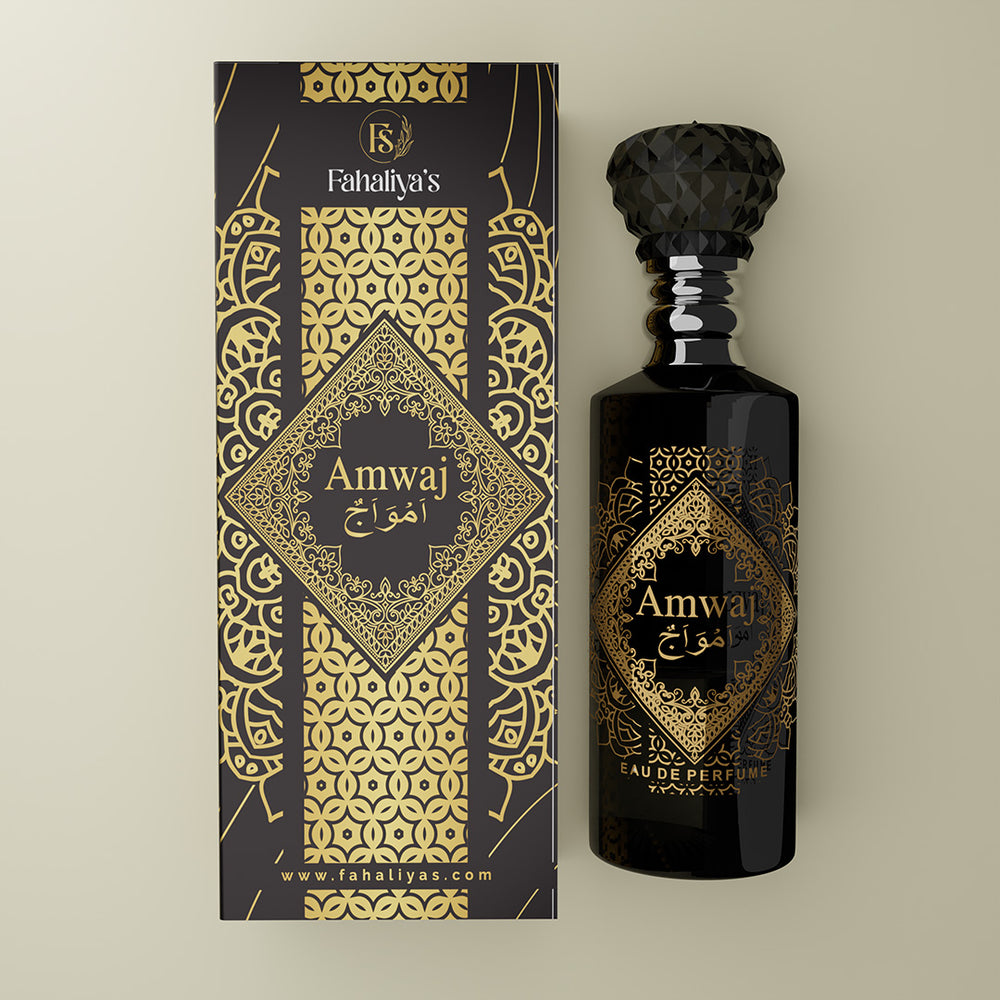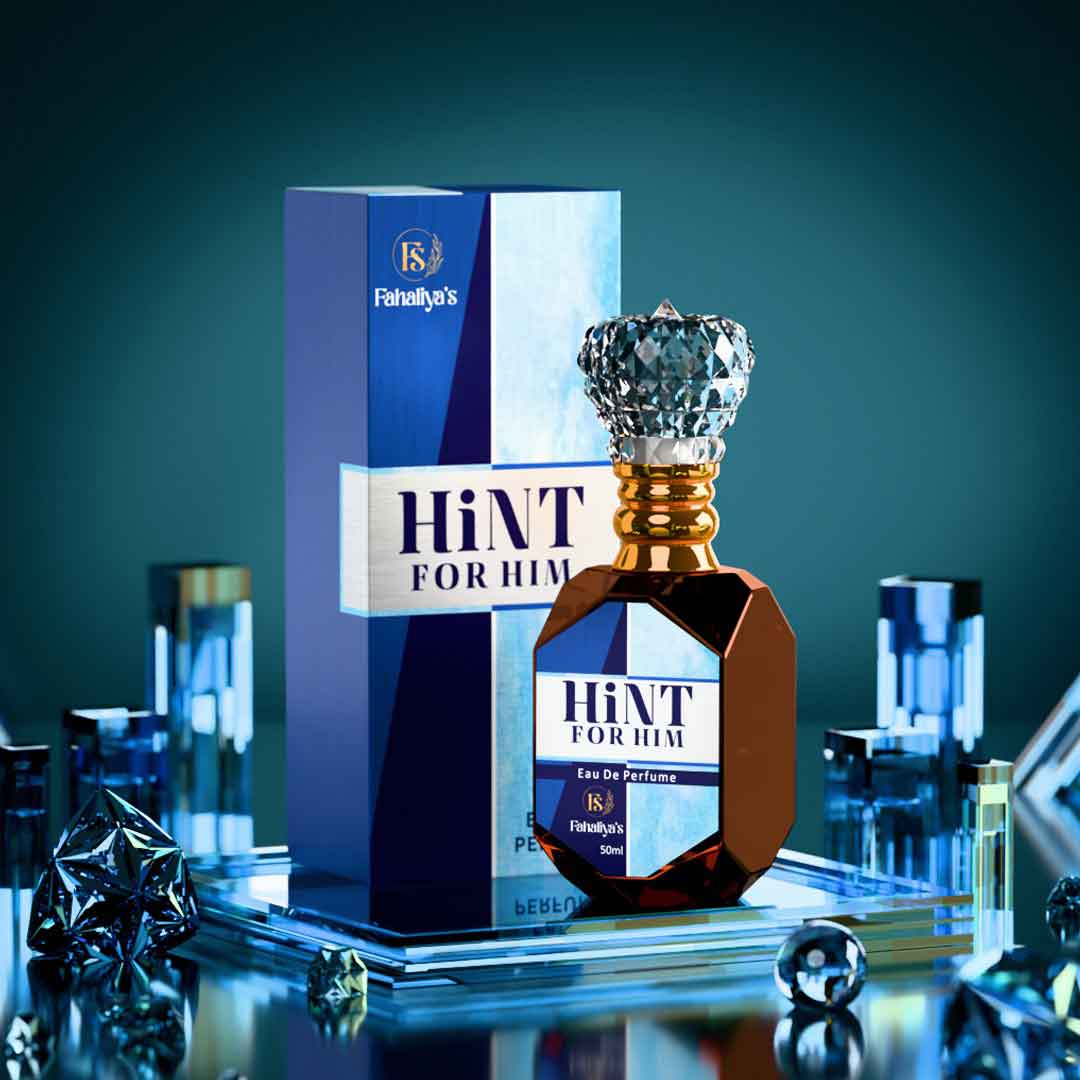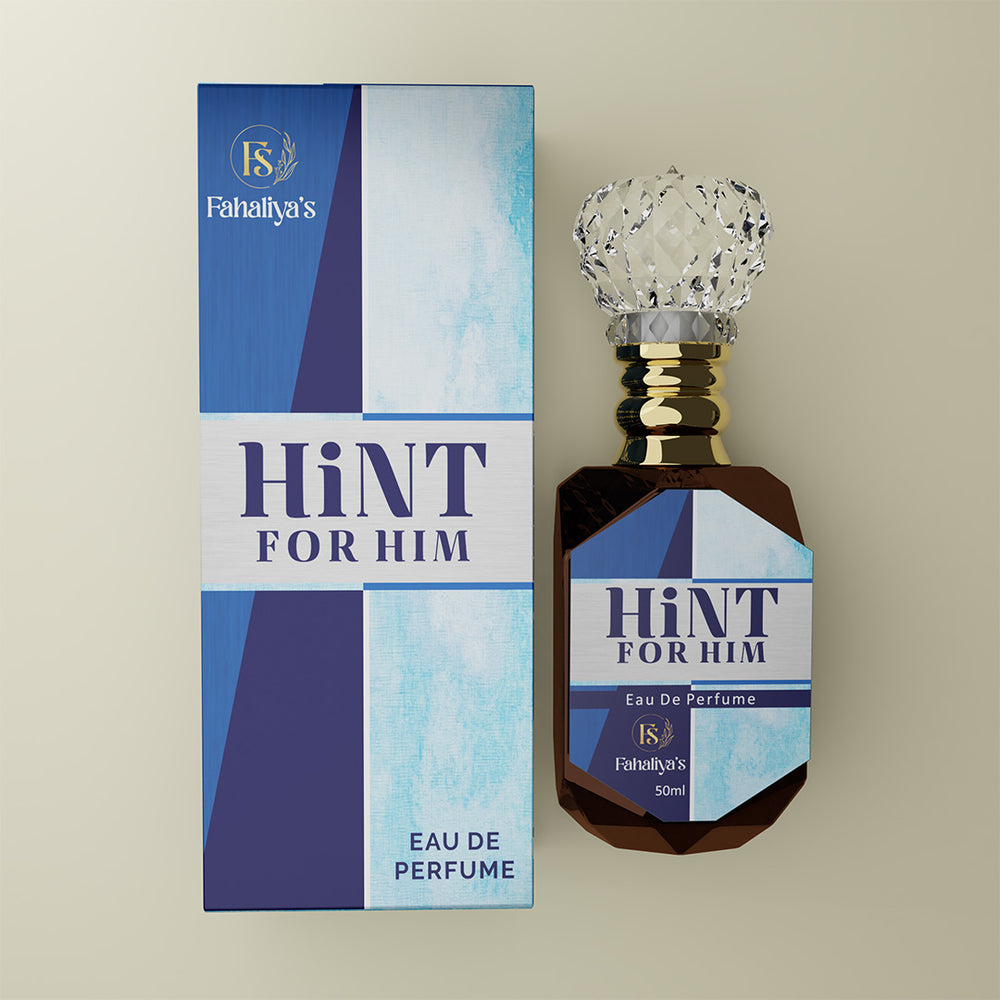How to Identify High-Quality Perfumes: What to Look For
These days, the perfume market in Pakistan feels like a Friday bazaar—crowded, noisy, and full of people claiming their product is the best. Like food and fashion, perfumes are now everywhere, from high-end brands to random bottles sold at roadside stalls.
But while you can taste food or touch fabric to figure out its quality, perfume is different. It’s not just about smelling good in the moment but also about how it evolves, how long it stays, and how it makes you feel.
So, how do you spot a quality fragrance from the sea of scents? Let’s break it down in a way that’s easy to follow.
1. It’s All in the Layers
Good perfumes tell a story. Cheap ones? They’re like bad one-liners; flashy at first, but they fizzle out fast. A high-quality perfume comes in three acts:
- Top Notes: The first impression. These are light, fresh, and make you go, “Wow!” But they’re fleeting—gone in 15 minutes.
- Middle Notes: The heart of the scent. Once the top notes fade, these kick in. They’re richer, usually floral or spicy, and last a few hours.
- Base Notes: The backbone. These linger the longest and give the perfume depth—think musk, amber, or vanilla.
If you notice a perfume changing and evolving as you wear it, congratulations, you’ve got yourself a layered, high-quality scent. If it smells the same from start to finish? It’s probably not worth your money.
2. Know Your Concentration Game
Here’s a quick hack: Not all perfumes are made equal, and it has nothing to do with the bottle design or fancy branding. It’s about the concentration of fragrance oils.
- Parfum (Pure Perfume): The heavyweight champ. Lasts 8-12 hours and costs a pretty penny.
- Eau de Parfum (EDP): Strong and reliable. Perfect for daily wear, with 4-6 hours of staying power.
- Eau de Toilette (EDT): Lighter and fresher. Great for a quick refresh but fades after 2-3 hours.
- Eau de Cologne (EDC): More like a whisper of scent. Good for 1-2 hours tops.
If a perfume doesn’t mention its concentration on the box, it’s already a red flag. Quality fragrances are upfront about what they’re offering.
3. The Longevity Test
The thing about great perfumes is that they stick around. A high-quality scent won’t disappear on you before lunchtime. To test this, spray a little on your wrist when you’re shopping. Leave it alone (no rubbing!) and go about your day. Check back after a few hours.
If it’s still there, softly blending into your skin, that’s a good sign. If it’s completely gone, well, that perfume might not be worth it.
4. The Sillage Factor
“Sillage” is just a fancy word for the trail your perfume leaves behind. It’s that moment when someone walks past, and you catch a whiff that makes you turn your head. A quality perfume doesn’t just cling to you. Rather, it announces your presence subtly and elegantly.
To test this, spray the perfume on your clothes or hair and see how it lingers. If it leaves a noticeable but not overpowering trail, you’re onto something good.
5. Ingredients Matter (Yes, Even in Perfumes)
High-quality perfumes use a mix of natural and synthetic ingredients. Natural ingredients, like essential oils from flowers, fruits, and spices, smell richer and more authentic. But synthetic molecules can create unique scents that nature can’t provide.
The trick is balance. If a perfume smells overly chemical or too sharp, it’s probably skimping on quality. A good scent feels smooth and well-rounded, not like a punch in the nose.
6. Packaging Can Be a Clue
Let’s talk about the bottle for a second. While a pretty design isn’t everything, it can say a lot about the perfume inside. High-quality fragrances usually come in sturdy, well-crafted bottles. The sprayer should work smoothly, delivering a fine mist rather than a clunky squirt.
Cheap perfumes often skimp on this. If the bottle feels flimsy, the cap doesn’t fit right, or the sprayer leaks, chances are the scent inside isn’t top-notch either.
7. Price vs. Quality
Another truth is that good perfumes cost money. You’re paying for the ingredients, the craftsmanship, and the brand’s reputation. That doesn’t mean you should go broke buying a fragrance, but if something is dirt-cheap, it’s probably cutting corners.
That said, don’t dismiss affordable niche brands. Some smaller names deliver fantastic quality without the designer price tag. Do a little research, read reviews, and don’t be afraid to explore beyond the big names.
8. Always Test on Skin
You know those little paper strips they hand you at stores? They’re fine for a quick sniff, but they don’t tell the whole story. Perfumes interact with your skin’s natural oils, and that can change the way they smell.
Spray the perfume on your wrist or the inside of your elbow, and give it some time to develop. Walk around the store, run some errands, and see how it evolves. A good perfume will get better with time, while a cheap one might turn flat or even sour.
9. Look for Complexity
A quality perfume is nuanced, layered, and keeps you intrigued. Cheaper scents often rely on loud, overwhelming notes to grab your attention, but they lack the depth to hold it.
If a fragrance feels like it’s telling a story, changing and evolving as you wear it, you’ve got a winner.
10. Trust Your Gut (and Your Nose)
At the end of the day, the best perfume is the one that feels right for you. It should make you feel confident, comfortable, and maybe even a little special. If it smells good to you, lingers nicely, and fits your style, that’s all that matters.
Final Thoughts
In a market as crowded as Pakistan’s perfume scene, finding a high-quality fragrance can feel overwhelming. But with these tips, you’ll know exactly what to look for. From understanding the layers to testing on your skin, it’s all about paying attention to the details.
So go ahead, find your signature scent at Fahaliya’s, and wear it like a badge of honor. After all, you deserve nothing less than the best.



